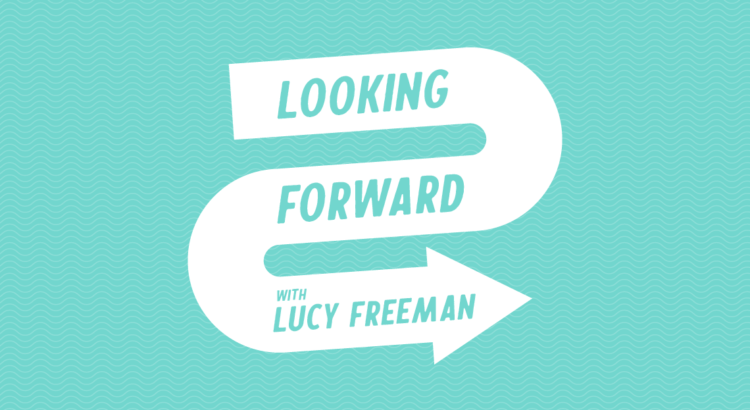Hello, arts, ink readers!
I know it’s been a stressful week for many of us, between election results and many people moving back home during the stay-at-home order. I hope that you are all able to find a way to relax this weekend and perform some rituals of self-care. Do a face mask, drink some tea, go on a run, or make a nice dinner for yourself. You deserve it. Beyond that, I hope that this article can provide a space for you to think about something else for a few minutes, easing your stress even just a little bit. So, without further ado, let’s get into this week’s conversation.

I had the pleasure of speaking with Erica Ervin, Technology & Media Production Specialist at the Shapiro Design Lab. What is the Design Lab, you might ask? Erica describes it as “an engaged learning community focused on interdisciplinary collaboration and peer to peer learning and teaching that offers a variety of spaces and tools for everyone on campus.” It’s located on the first floor of the Shapiro Undergraduate Library (or the UGLi, as you may know it better) and houses a variety of tools like 3D printers, a letterpress, and equipment for recording and graphic or video editing. There is even a repurposed vending machine that distributes current student works, like poetry, small 3D prints, stickers, and more!

As someone who has used the Design Lab myself, I want to stress that the value of this resource is not just in the physical tools they provide, but in the incredibly knowledgeable and energetic staff as well. If you have a creative idea but you’re not sure where to start to make it a reality, chances are the Design Lab staff can help you. They can provide consultations for students, staff, faculty, and the community on projects ranging from community citizen science projects to converting physical media to be digitally accessible to storytelling, including podcasts.

Given the changing nature of creativity and collaboration on campus, the staff at the Design Lab have been trying to gauge the needs of campus right now and how they can best provide assistance. Although their main workshop and PIE spaces (standing for prototype, invent, explore) are closed right now, they offer virtual consultations for many types of projects and can help direct you to where physical tools may be accessible right now. Additionally, their media production rooms are currently available to reserve for individual use, with the recording microphones being quarantined between users. The staff can also help you make the most of your own recording equipment, including best practices for conducting and recording interviews via video call.
Erica also left me with a beautiful reminder when I asked her how her own experience with the arts on campus has changed this semester, saying,
“It’s a little bit trickier for me to consume the art that’s being created on campus. But I don’t think that means that art has stopped. I think that the current situation has brought even more creativity to the way that people are not only making art or making things in general, but also in the way that they’re putting it out to the world, putting it out for others to see. They’re finding these new solutions to get things out and that’s really exciting.”
And I think that is so true. Although we may not be able to view and share art together like we are used to, it’s important to remember that it has not disappeared. It is still here, pulsing through campus as powerfully – or even, maybe, more so – than ever before.
If you want to get involved with the Shapiro Design Lab or use their resources, be sure to check out their website here or email them at shapirodesignlab@umich.edu. And if you’re interested in using their media production rooms, here is the Canvas training you’ll need to go through before you can reserve a time.
That’s all for now! Come back next week to hear about Creatives of Color and how they are adjusting to this semester on campus.
Stay safe,
Lucy


